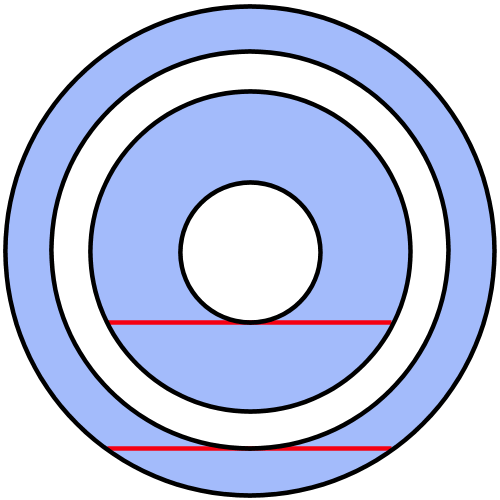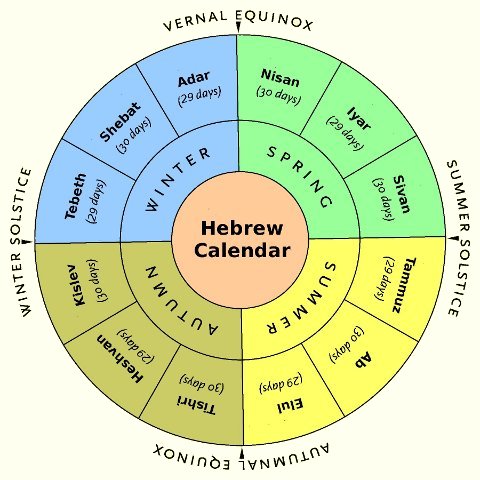

The age of the fish is then determined by counting the number of annuli. In the analysis of a scale for age determination of cutting over and the spacing of the circuli are utilized to locate the annulus. This phenomenon is called “cutting over” and is very useful in determining the yearmark or “annulus”. Then, with the resumption of growth, the new ridges parallel the entire scale margin and hence out across the unfinished circuli previously formed.

Another growth characteristic of the scale is that with a decrease in the growth rate the circuli will be interrupted and will end at different places along the lateral margin. The circuli tend to be more widely spaced during the summer’s growth and more closely spaced during the winter’s growth. The decrease in the rate of growth results in a corresponding period of interrupted growth of the scale and is recognized by the spacing of the circuli. However, in areas that experience seasonal changes in temperature, the rate of metabolism will decrease in this rate of growth during periods of cold weather. If growth of the fish is uninterrupted, no change will occur in the growth pattern of the scale. As the fish grows, the scale increases in size proportionally and lays down concentric ridges called circuli. This method assumes that the ratio of body length to scale length is constant for all sizes of fish. Of these, the scale method is the most important means of age determination being utilized with species of fish possessing scales (Cooper, 1951). There are numerous methods being used to determine the age of an individual fish. These calculations and determinations can be applied in the management of populations and in setting fishery regulations. From such information he is able to calculate the rate of growth, determine the age at which sexual maturity is attained and the longevity of the species. Introduction: Knowledge of the age of individuals comprising populations of fish is essential to the fishery biologist.


 0 kommentar(er)
0 kommentar(er)
